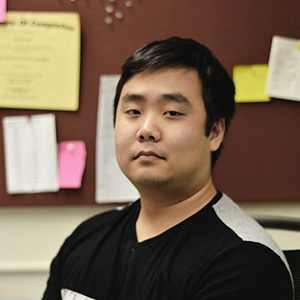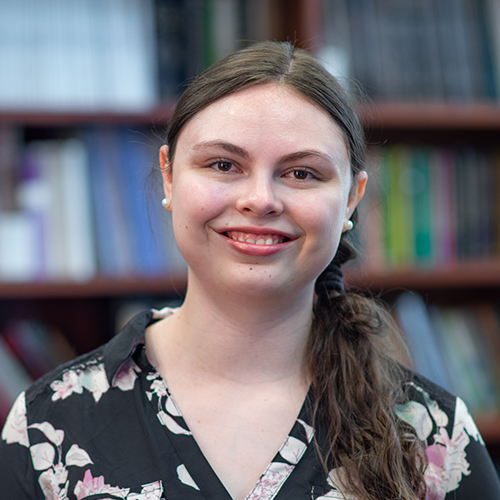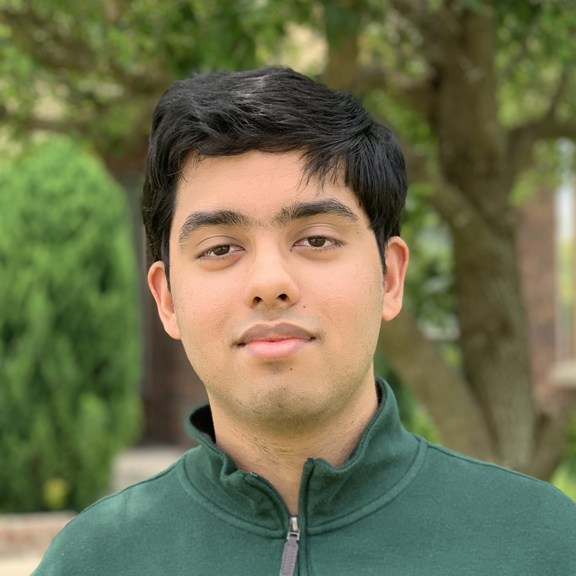Lindahl Lab Group
Paul A. Lindahl
Principal Investigator

I was born and raised in Chicago IL, where I attended North Park College. After graduation in 1979, I became a biochemistry graduate student at the University of California, Berkeley. In 1980, I transferred to the chemistry department at MIT, where I graduated with a PhD in 1985. I then did a post-doc in Eckard Münck’s lab at the University of Minnesota. In 1988, I joined the faculty at Texas A&M University. I have always been fascinated by life in general and in understanding natural processes through chemistry. My hobbies are repairing things that break in my house and at my cabin, exercising, and most of all, enjoying my family and friends.
Rachel Shepherd
| rachel3shepherd@tamu.edu
I was born in Tomball, Tx. but moved around a bit in my childhood. I lived in Trinidad & Tobago before settling down in Katy, Tx. for middle and high school. I went to undergrad at Trinity University in San Antonio, graduating with a B.S. in Biochemistry in 2017 after spending four years in research with the Rieske Protein in the Hunsicker-Wang lab. I joined the Lindahl Lab in the fall of 2017 and am currently working on elucidating the composition of the LMM species that are utilized in Iron Sulfur Cluster Assembly. In my free time, I read books and spend time spreading awareness of chronic and invisible illness.
Josh Kim
| joshuakim75@tamu.edu
I was raised and educated in New York. I enjoy gaming, purchasing uncomfortable amounts of chocolate, and biannually baking. I graduated from CUNY Hunter College with a bachelor's in chemistry in 2018 and joined the Lindahl lab in the fall of the same year. Copper is an essential cofactor for Respiratory Complex IV, Cytochrome c Oxidase. While a means of copper trafficking to the mitochondria is necessary for catalytic activity, the imported species in question remains unidentified. The current prevailing hypothesis in the field is that a nonproteinaceous copper complex is imported from the cytosol and stored in the mitochondrial matrix. We are looking into the potential number and identity of copper species imported in the model organism Saccharomyces cerevisiae by a combination of LC-ICP-MS and ESI-MS.
Alexia Kreinbrink
| alexiakreinbrink@tamu.edu
I was born and raised in Evanston, Wyoming. I attended undergrad at Weber State University in Ogden, Utah graduating with a BS in Chemistry in Spring 2020. I joined the Biochemistry PhD program in the Department of Biochemistry & Biophysics in the fall of 2020 and joined the Lindahl lab that winter. My project focuses on the study of the cytosolic labile iron pool. Using LC-ICP-MS, we are working towards further characterization of the 3-5 cytosolic iron species previously detected. I am also working to characterize the labile metal pools in endoplasmic reticulum via Mössbauer and LC-ICP-MS. In my free time, I enjoy playing video games, watching movies, and spending time with my two adorably evil cats.
Undergraduate Students
Grant Delanoy
| gdela@tamu.edu
I am from Dallas, TX. I graduated high school from Jesuit College Preparatory School of Dallas and now attend Texas A&M as an undergraduate, working towards my degree in Biomedical Engineering. I plan to graduate in May 2023 and attend medical school shortly after. My research focuses on the detection, identification, and characterization of the labile iron pool in Saccharomyces cerevisiae. This is done primarily through the use of Mössbauer spectroscopy and Liquid Chromatography. Outside of my research, I enjoy gaming, going to car shows, and working out.
Shantanu Thorat
| shantanut12@tamu.edu
I am from Round Rock, Texas. I am majoring in Computer Science at Texas A&M. My research focuses on mathematical modeling of a yeast cell’s iron trafficking mechanisms. The modeling is achieved by using Wolfram Mathematica to solve differential equations. The goal of this project is to produce an unbiased model of iron trafficking mechanisms in a yeast cell. The model intends to explain the why and how a cell is capable of regulating itself using ordinary differential equations. This project will reveal insights on how cells can transition between states. In my spare time, I enjoy reading, playing basketball, and chess.